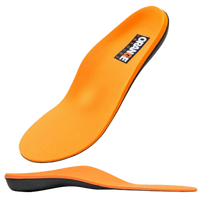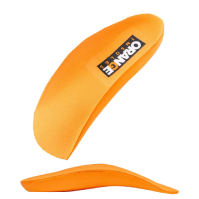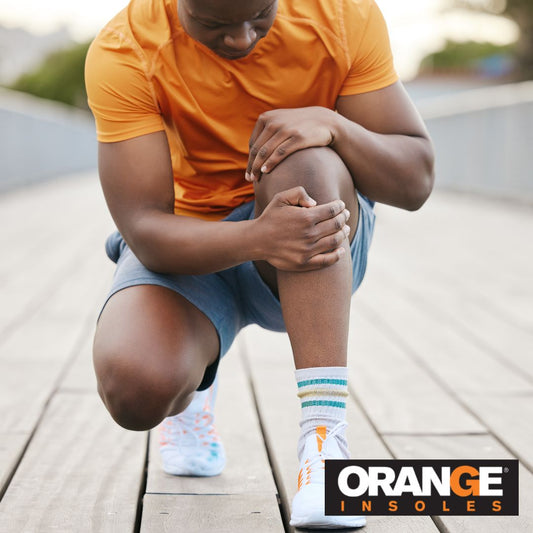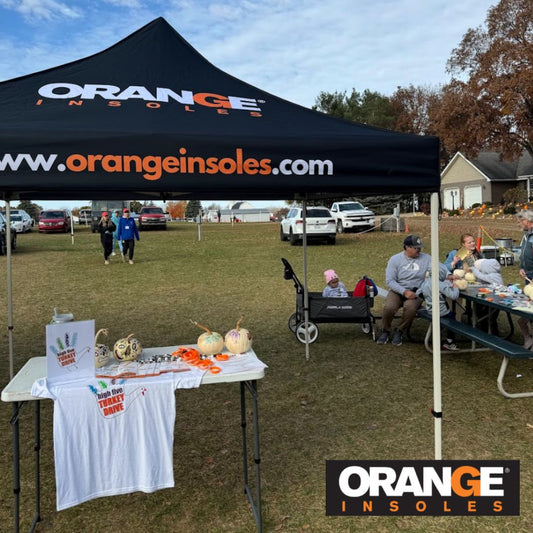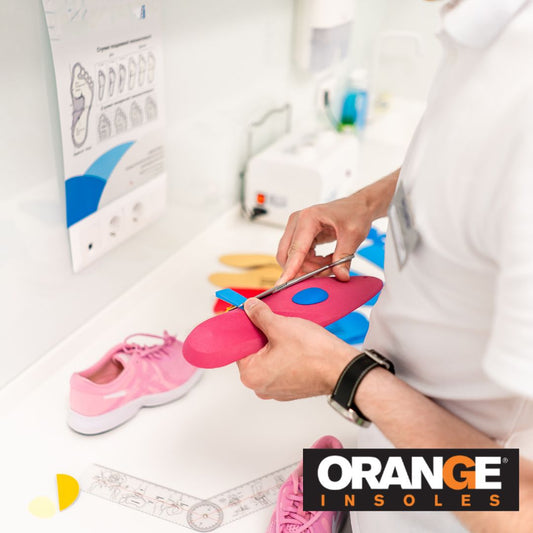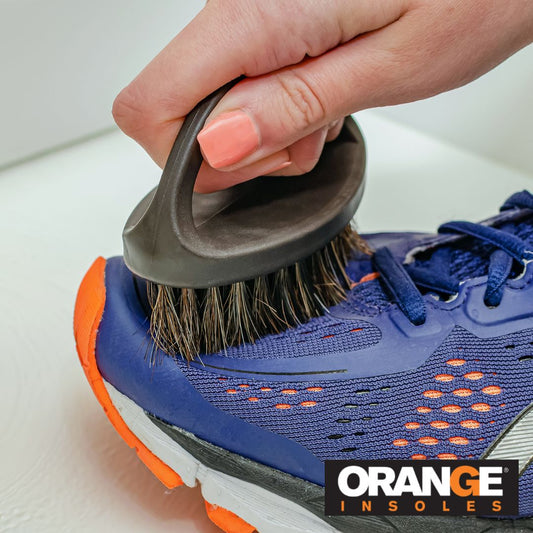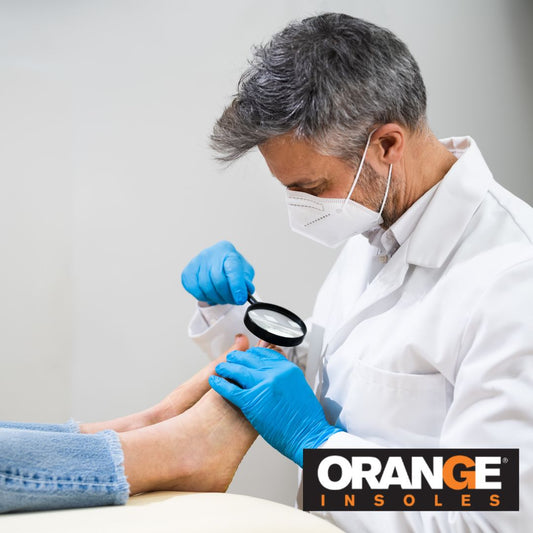Learning the basics of muscle maintenance shouldn’t just be for professional athletes. The truth is, if you’re active in any way, your body deserves some much-needed TLC from time to time and that TLC should include taking care of your muscles.
Our muscles make up 40% of our total body weight and allow us to do almost anything we want to do in a day (even chew!). We get so focused on strengthening them, sometimes we forget what it takes to care for them.
Your muscles should work in harmony with the circulatory system, lungs, tendons, ligaments, and bones. It can be relatively easy to injure yourself or use improper form when you’re focused on results rather than care and maintenance. While it’s certainly fine to push your physical limits, we’ve got some things to consider when it comes to taking care of our muscles.
Tightness, pain, and cramping
Chronic tightness or pain can appear subtly, or as a huge issue in your range of motion, but these feelings can indicate a larger problem. Sometimes, stretching may not help but resting or changing part of your lifestyle will. Other times, stretching works just fine . The general rule of thumb is to never keep doing something you think isn’t helping, instead, see a doctor just to be sure it’s not a serious problem. Some causes of tightness or cramping in the muscles include:
- Restricted movement
- Overuse
- Poor posture
- Low sodium or potassium
- Dehydration during exercising
- Tightness in a completely different part of the body
- Not properly warming up and stretching
To avoid these, consider the following essential tips for optimal muscular health.
Learn how to stretch
Though you might be really tired of this word, we really can’t stress it enough! It helps prevent injury, increases blood flow, gets you mentally ready to exercise, and more. Unfortunately, you might just be really good at stretching one set of muscles while another part might be neglected. To get the full benefits of a good stretch you should know when to do static vs dynamic stretching and which muscles to target for your particular sport or activity.
It’s always a good idea to focus on tight areas first so they don’t inhibit the rest of your stretch. Remember that stretching should never be painful, as flexibility builds slowly over time and can’t be rushed. These static stretches are basic but vital stretches for after your workout, while these dynamic stretches are ideal for before your main workout.
Maintain a High-Protein Diet
This is incredibly important for aging bodies (and we’re all aging!). This study shows that older adults especially, need sufficient protein to slow down muscle loss, which declines 1.5% every year between the ages of 50 and 60, and 3% every year after 60. The research also found that both plant and animal protein had distinct benefits for muscular function. The Recommended Dietary Allowance (RDA) suggests 0.8 grams of protein per kilogram (2.2 lbs) of body weight.
Get Into Weight Training
Weight training is an excellent way to fight off age-related muscle loss. Harvard Health found that PRT (progressive resistance training) was effective in increasing lean body mass, and it can be coordinated to each individual through a certified personal trainer. Regardless of the amount of weight that works for you, it helps to maintain circulation and undergo muscular hypertrophy, a process where the body repairs its muscle cells after a workout. Here are some weight-lifting tips to keep in mind:
- Aim for short training sessions, a couple of times a week
- Work with a trainer to learn proper technique
- Dynamic stretch for ten minutes before lifting anything
- Very gradually increase the weight over time- to avoid injuring yourself
- Find a weight that fatigues the muscle after 12 to 15 repetitions. Just doing one set of this weight is effective for muscle building.
- Remember to rest regularly!
And of course, you should always talk to your doctor to make sure you’re in good enough health to be able to take on more challenging weights and training programs.
Get Into Aerobic Exercise
On the other hand, aerobic exercise, while a lot different from weight-centered training, can be just as stimulating for your muscles, specifically your heart muscle (the hardest-working muscle in the body!). Improved circulation contributes to building stamina, the amount of time muscles can work at full capacity. Aerobic exercise also results in muscle hypertrophy in a similar way to resistance training, but is more effective at relieving chronic pain with endorphins. Really, we could go on and on about it, or you can read more about it here.
Buy a Foam Roller
Foam rolling is an easy, convenient part of your recovery routine after hard workouts. By applying your own body’s weight, you can minimize muscle soreness, spasms and relieve pressure from bad habits like poor posture. We’ve already raved about the magic of foam rolling so we won’t go into too much detail here. Just check it out. Your muscles will thank you.
Not Always What They Appear
Remember, all the muscles in our body are connected by tendons and ligaments. If a particular muscle is bothering you, it might be because something is tight in another part of your body. This is why taking care of all of your muscles through a regular stretching routine, staying active, and eating healthy, is so important.
Regardless of where fitness fits into your schedule, muscles keep us moving in all moments of our lives, so it’s best to treat them with respect!
